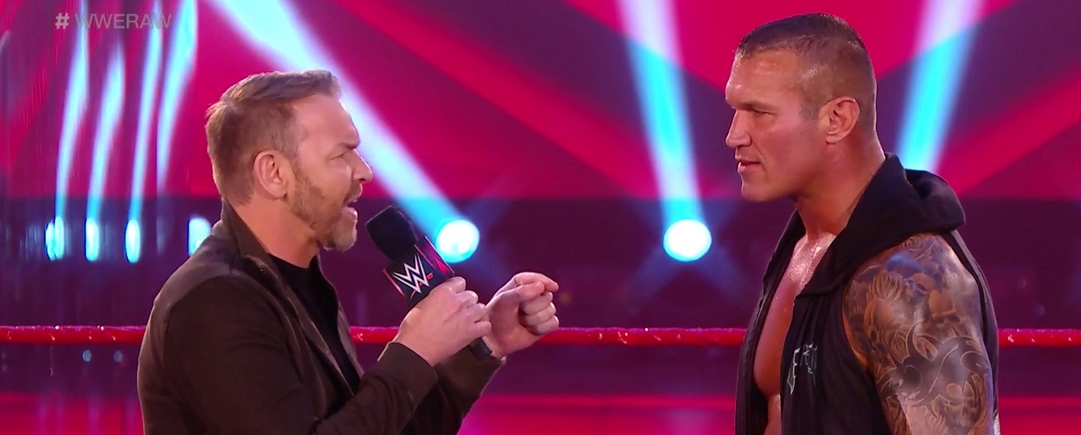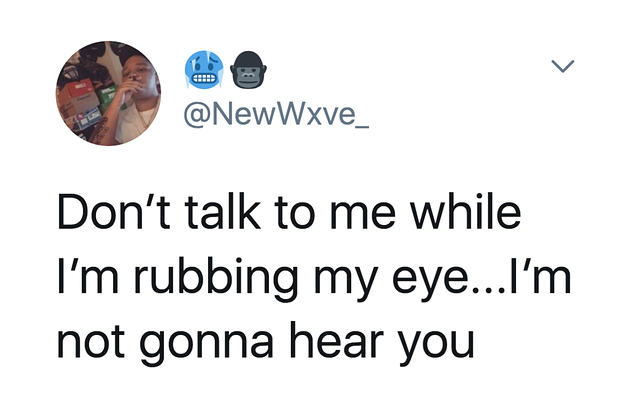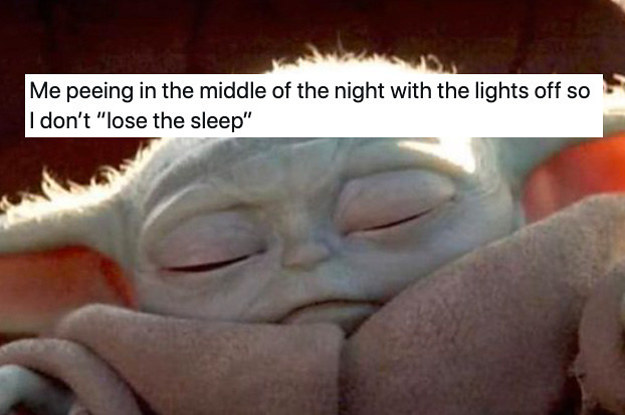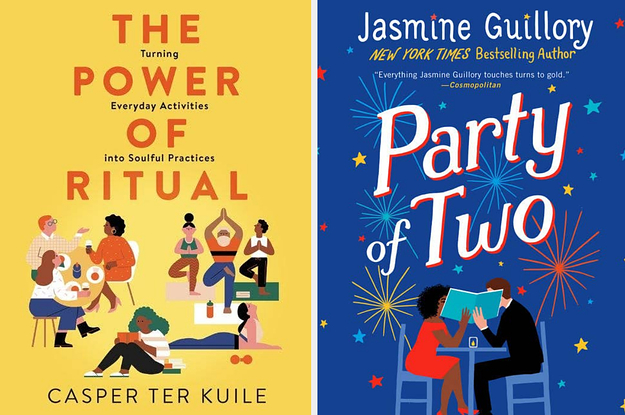Category: News
Category Added in a WPeMatico Campaign

Just before the end of tonight’s episode of Raw, a WWE PR email spread the news that someone with a developmental contract with WWE has tested COVID-19. Here’s the text of the email, which is a statement from WWE’s Associate Medical Director, Dr. Jeffrey Dugas:
A developmental talent, who was last on site at WWE’s training facility on Tuesday, June 9, has tested positive for COVID-19. Since that time, no other individuals that attended the facility have reported symptoms. However, out of an abundance of caution and to ensure the health and safety of the company’s performers and staff, all talent, production crew and employees on site at the training and production facilities will be tested for COVID-19 immediately. Following the test results, WWE plans to proceed with its normal television production schedule.
The first time someone working for WWE contracted the coronavirus was, as far as we know, a non-wrestling on-air talent back in April. Various WWE personnel have made statements about the company’s COVID-19 precautions since then, but those reportedly didn’t include actually testing talent for the virus, a report essentially confirmed by this WWE PR email.
In recent weeks, WWE developmental talent have been standing in as audience members on the wrestling company’s programming. A small group of “real fans,” who signed waivers promising they won’t hold WWE liable if they contract COVID-19, were also in the Raw audience tonight.

Here are your quick and dirty, editorial-free WWE Raw results for June 15, 2020. This week’s episode featured Christian confronting Randy Orton about what happened at Backlash, an unsanctioned main event, a tag team match for the WWE Championship, and more. Make sure you’re here tomorrow for the complete Best and Worst of Raw column.
WWE Raw Results:
– A small group of fans and friends of the wrestlers were allowed to be in the crowd for this episode.
– Randy Orton opened the show to brag about defeating Edge at Backlash, humiliating him, and sending him to the hospital. He says that Edge won’t be cleared until July of 2029. Orton was interrupted by Christian, who tried to defend Edge but was ultimately challenged to “one more match” — an unsanctioned match. Orton demanded an answer from Christian by the end of the night.
1. Kevin Owens defeated Angel Garza. Andrade caused a distraction, causing Garza to get hit by a Stunner and lose the match. After the match, Zelina Vega scolded them and told them to start working together again.
– MVP talked to Bobby Lashley about Lana costing Lashley his match against Drew McIntyre at Backlash. Lana interrupted and argued with MVP, who called her a thot. Lashley told her that his career started going downhill when he married Lana, and that he wants a divorce.
2. Raw Tag Team Champions The Street Profits and The Viking Raiders defeated Some Ninjas. This was set up when Akira Tozawa and a group of ninjas once again interrupted the “Viking Profits” backstage and demanded a “sequel” to their fight at Backlash. Ivar and Montez Ford simultaneously pinned ninjas after a pair of frog splashes. After the match, Tozawa challenged them to fight his SUPER NINJA, but the Viking Profits were bailed at by, for some reason, the Big Show. Big Show punched out some ninjas.
– Seth Rollins came to the ring to respond to rumors that Dominick Mysterio was coming to Raw to confront him tonight. Rey Mysterio, still wearing an eye patch as part of his mask, told Rollins that if he put his hands on Dominick, he’d “end” Rollins. Rollins said that Murphy and Austin Theory were already looking for Dominick, but not very well apparently as Dom jumped him from behind. Murphy and Theory ran to the ring to help out, but Dominick hopped the rail and escaped.
– MVP and Bobby Lashley challenged Drew McIntyre and R-Truth to make their advertised tag team match a “winner take all” match for both the 24/7 Championship and the WWE Championship. Truth accepted on behalf of his team, then later revealed that he’d gone to management to make sure only the WWE Championship would be on the line.
– Christian accepted Randy Orton’s challenge.
“I ACCEPT.”@Christian4Peeps will get ONE MORE MATCH when he battles @RandyOrton in an #UnsanctionedMatch TONIGHT on #WWERaw! pic.twitter.com/hgAXc8L9z5
— WWE (@WWE) June 16, 2020
3. The IIconics defeated Natalya and Liv Morgan. After the match, The IIconics challenged Bayley and Sasha Banks to a Women’s Tag Team Championship match, either tonight or next week.
– Ric Flair wanted to know what’s next for Charlotte. Charlotte wooed.
4. United States Champion Apollo Crews defeated Shelton Benjamin. Earlier in the night, MVP offered representation to Crews. Benjamin tried to pin Crews with his feet on the ropes but got caught, so Crews rolled him up and held the ropes himself to win the match.
– R-Truth was briefly confronted by Akira Tozawa and the ninjas, including a ninja referee.
– The Big Show, who is now an honorary member of the Viking Profits, had the bright idea that The Street Profits and The Viking Raiders should have a wrestling match for the Raw Tag Team Championship on next week’s show.
5. WWE Champion Drew McIntyre and 24/7 Champion R-Truth defeated MVP and Bobby Lashley. McIntyre hit MVP with a Claymore Kick and had the match won, but tagged in Truth. Truth and McIntyre then hit the old Midnight Express Rocket Launcher on MVP to win the match. After the victory, the champions posed together.
– Rey Mysterio will return next week.
– Ric Flair tried to talk Christian out of fighting Orton.
– Bayley and Sasha Banks made an appearance to celebrate Bayley’s birthday. They were interrupted by the IIconics, who challenged them again. Banks and Bayley told them to not feel special just because they won a short match. Peyton Royce slapped Banks in the face, and Bayley accepted the challenge. That match will happen on next week’s Raw.
6. Raw Women’s Championship Match: Asuka (c) defeated Nia Jax. Jax hit a Samoan Drop, but Asuka got her foot under the rope to break up the pin. Jax responded by shoving the referee. Asuka rolled up Jax from behind, and the ref fast-counted the pin.
7. Unsanctioned Match: Randy Orton defeated Christian. Before the match began, Ric Flair came to the ring and once again tried to keep Christian from fighting Orton. Christian once again said he had to do this, so Flair low-blowed him. Orton immediately punted Christian and pinned him. After the match, EMTs attempted to take Christian away on a stretcher while a conflicted Orton screamed at him about why what just happened is his fault.

On June 5, in the wake of pressure from many of the league’s top stars, NFL commissioner Roger Goodell released a video in which he acknowledged the league he presides over was “wrong for not listening to NFL players earlier, and encourage all to speak out and peacefully protest.” In addition, Goodell said the phrase “Black Lives Matter” and, in general, it was a step forward for a league that has been rightfully criticized on social issues in the recent past.
However, Goodell’s statement notably omitted any reference to Colin Kaepernick, creating additional questions about how the league would discuss the former 49ers quarterback who has not been signed by a team since the 2016 season after his peaceful protests against police brutality. During ESPN’s “The Return of Sports” special on Monday evening, Goodell reportedly spoke on Kaepernick and, to some degree, expressed support for NFL teams to sign the 32-year-old.
“Well, listen, if he wants to resume his career in the NFL, then obviously it’s gonna take a team to make that decision,” Goodell told ESPN’s Mike Greenberg. “But I welcome that, support a club making that decision, and encourage them to do that.”
From there, Goodell continued by inviting Kaepernick to have a part in and around the league, even if not on the field.
“If his efforts are not on the field but continuing to work in this space, we welcome him to that table and to help us, guide us, help us make better decisions about the kinds of things that need to be done in the communities,” Goodell said. “We have invited him in before, and we want to make sure that everybody’s welcome at that table, and trying to help us deal with some very complex, difficult issues, that have been around for a long time… But I hope we’re at a point now where everybody’s committed to making long-term, sustainable change.”
Kaepernick’s lengthy layoff could provide challenges for any return to the league, as the tenor of the argument from those that are against signing him has shifted from “he’s a distraction to “he’s not good enough” to “he’s been out of the league too long.” Should he want to pursue that avenue in 2020, he is still young enough to profile as a valuable player at the NFL’s most important position, and has always had the talent to make the merit-based arguments of his exclusion from the league look a bit ridiculous.
It will be exceptionally interesting to see what kind of weight these comments have from Goodell in terms of practical application. At the very least, though, they represent a significant change from the past and Goodell’s sentiment is noteworthy as a result.







